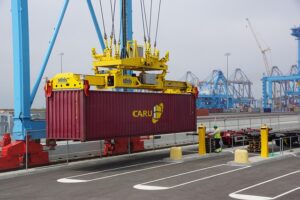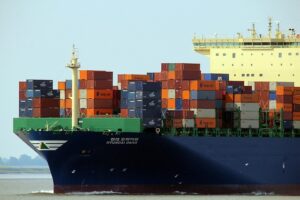Shipping containers are vital for global trade but pose unique fire risks. Electrical malfunctions, flammable materials, and limited ventilation contribute to these dangers. Fire safety measures vary by container type, with advanced technologies integrated into logistics services. Specialized materials like fire-retardant coatings and fiberglass insulation ensure resistance during transit and storage. Rigorous testing and certifications prioritize safety, with ISO containers adhering to stringent standards. Leasing services offer modified containers with tailored safety features. Best practices include proper ventilation, regular inspections, secure cargo fastening, and using fire-resistant containers like ISO types.
Fire-resistant shipping containers play a vital role in protecting sensitive cargo from the severe risks posed by fires during transit. With global trade relying heavily on these containers, understanding fire safety measures is crucial. This article explores critical aspects such as identifying fire hazards in shipping containers, leveraging fire-resistant materials in design, and implementing rigorous testing and certification processes. Additionally, it provides best practices for ensuring cargo protection, offering essential insights for shippers, carriers, and logisticians alike.
- Understanding Fire Risks in Shipping Containers
- The Role of Fire-Resistant Materials in Design
- Testing and Certification for Fire Safety
- Best Practices for Cargo Protection During Transit
Understanding Fire Risks in Shipping Containers
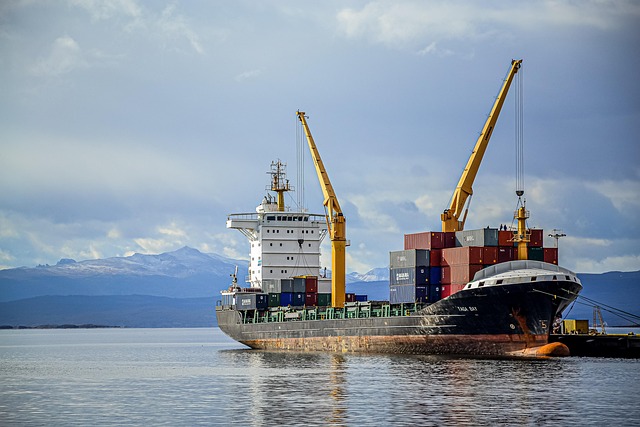
Shipping containers are integral to global trade, facilitating the efficient transport of cargo across lands and seas. However, they also present unique fire risks that can jeopardize sensitive or valuable goods inside. Understanding these hazards is paramount in mitigating potential losses. Fire dangers in shipping containers stem from various sources, including electrical malfunctions, flammable materials, and external threats like nearby blazes. The enclosed nature of these containers can exacerbate the issue, as smoke and flames quickly spread with limited ventilation.
Amongst the diverse types of shipping containers—such as ISO, sea, and cargo shipping containers—fire safety measures vary. Intermodal shipping containers, for instance, are designed to be stacked and transported across different modes, necessitating fire-resistant features to ensure the integrity of their contents during transit. Storage shipping containers, on the other hand, require robust fire protection systems due to prolonged exposure to potential hazards. Shipping container logistics, including rental and leasing services, often incorporate advanced safety technologies like fire detection and suppression systems to safeguard valuable cargo, while industry trends highlight an increasing demand for specialized fire-resistant modifications and accessories to cater to specific shipping container needs.
The Role of Fire-Resistant Materials in Design
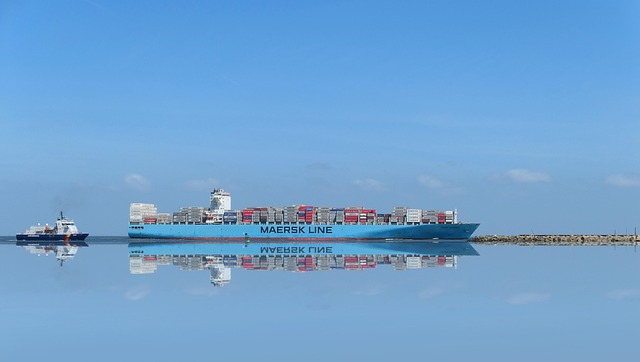
In the design of fire-resistant shipping containers, the role of specialized materials cannot be overstated. These containers are engineered to protect sensitive cargo from the devastating effects of fire during transit, storage, or loading in various environments, including sea shipping containers and intermodal shipping containers. Fire-retardant coatings, insulation, and structural components made from advanced materials like fiberglass, steel treated with fire-resistant coatings, and concrete composite play a pivotal role in ensuring these cargo carriers can withstand intense heat and flames.
By integrating these materials into the construction of ISO shipping containers, storage shipping containers, and other types of cargo shipping containers, manufacturers are able to offer enhanced safety features that meet stringent industry standards. Shipping container leasing and rental services often prioritize these fire-resistant models to cater to the needs of customers transporting high-risk goods, ensuring compliance with shipping container logistics and industry trends while prioritizing the security and integrity of their valuable shipments.
Testing and Certification for Fire Safety

To ensure the utmost safety of sensitive cargo, fire-resistant shipping containers undergo rigorous testing and certification processes. These evaluations are vital in the shipping container industry, particularly for intermodal shipping containers, sea shipping containers, and cargo shipping containers that frequently traverse global logistics networks. The tests simulate various fire scenarios to validate the container’s ability to withstand high temperatures, prevent flame propagation, and preserve the integrity of the stored goods.
ISO shipping containers, with their standardized dimensions and capacities, are subject to stringent fire safety standards. Reputable manufacturers produce these storage shipping containers equipped with specialized materials and designs that meet or exceed industry requirements. Shipping container leasing and rental services also emphasize fire protection, offering modified containers with enhanced safety features tailored to specific cargo needs. This commitment to fire safety not only safeguards valuable goods but also underscores the shipping container industry’s continuous efforts to evolve and incorporate innovative solutions in response to evolving logistics demands and safety considerations.
Best Practices for Cargo Protection During Transit
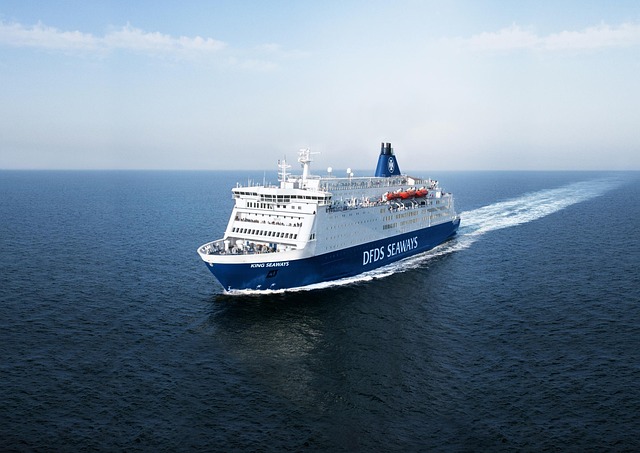
When it comes to protecting sensitive cargo during transit, following best practices can significantly mitigate fire risks associated with shipping containers. One of the most effective strategies is ensuring proper ventilation and airflow within the container. This prevents the accumulation of flammable gases and reduces the likelihood of a fire igniting. Additionally, maintaining a clean and organized interior, free from potential fuel sources like paper or wood, is crucial. Regular inspections and maintenance checks by skilled professionals are essential to identify and rectify any issues promptly, including checking for signs of damage, corrosion, or faulty electrical wiring.
Another vital practice involves the secure fastening of cargo to prevent shifting during transport. This reduces the risk of fire caused by friction or impact. Utilizing appropriate packing materials and securing them with durable straps or chains ensures that items stay in place. Furthermore, employing specialized shipping containers designed for fire resistance, such as ISO shipping containers, can provide an extra layer of protection. These containers are built to meet stringent safety standards, offering enhanced structural integrity and better fire-retardant properties compared to standard cargo holders.
Fire-resistant shipping containers offer a robust solution for protecting valuable cargo during transit, addressing critical fire safety concerns within the shipping industry. By incorporating specialized materials and undergoing rigorous testing, these containers ensure the secure transportation of sensitive items, providing peace of mind for shippers worldwide. Implementing best practices alongside this innovative technology is paramount to mitigate risks and guarantee the integrity of goods in our globalized world.








